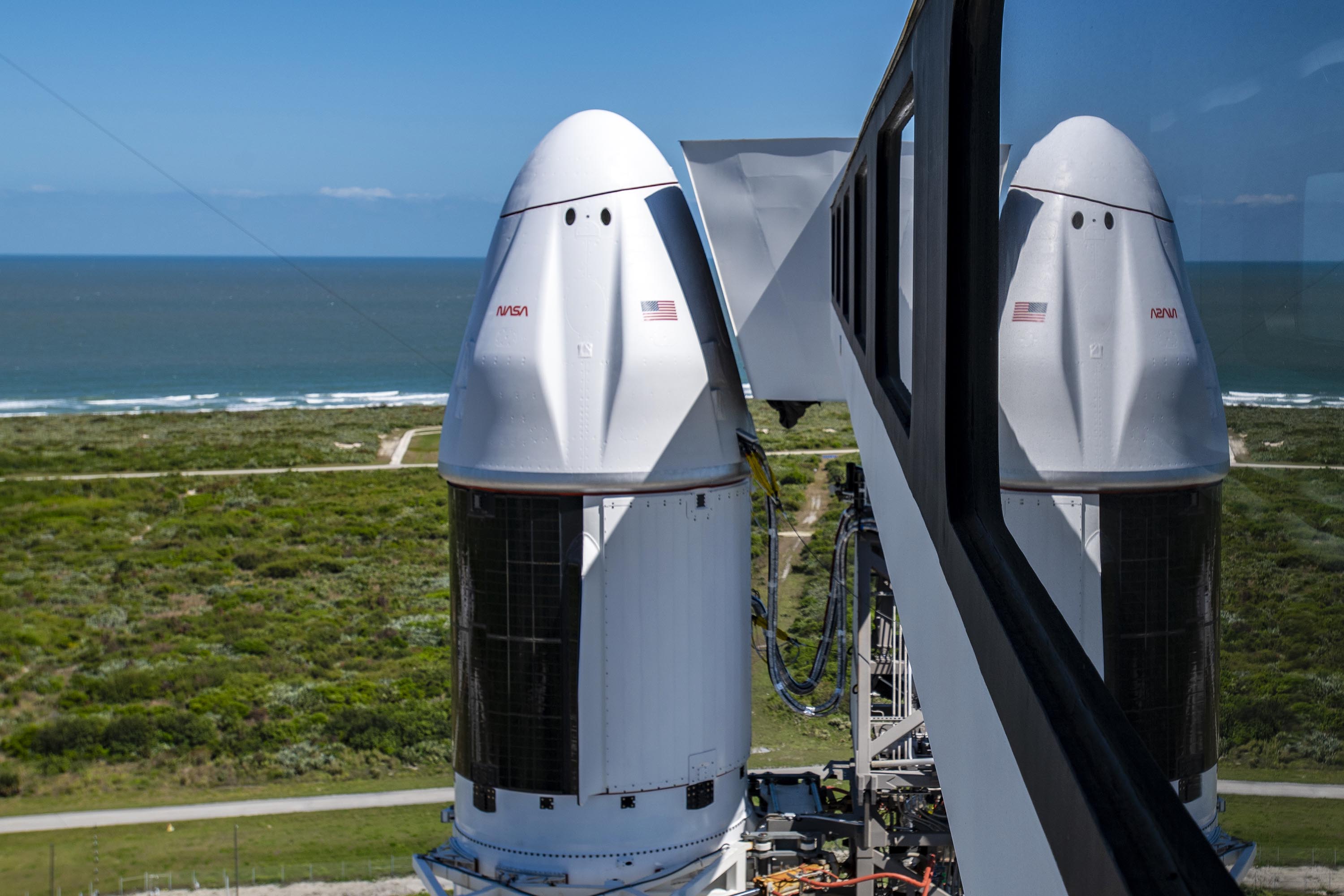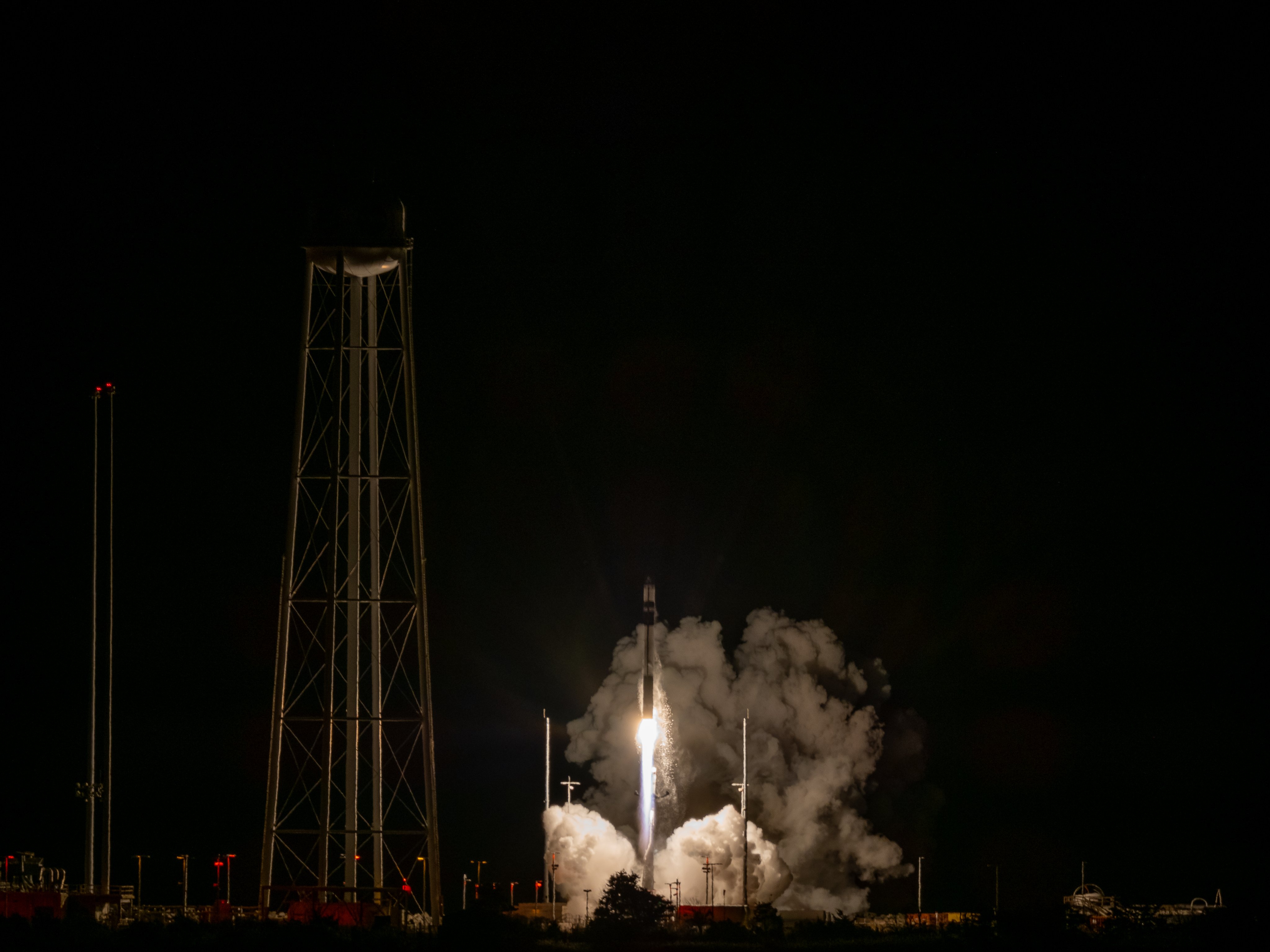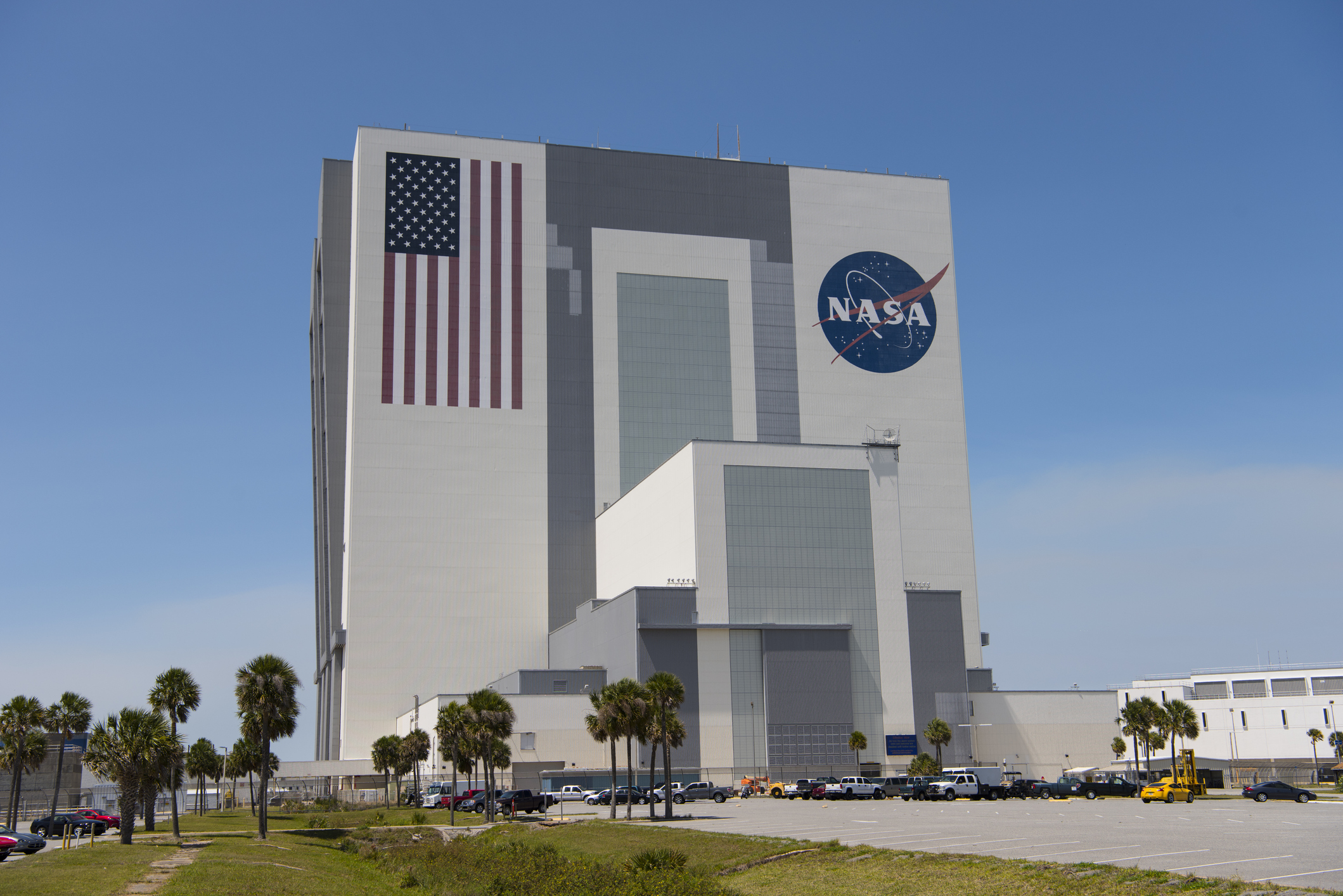
Licensing kerfuffles have long been a defining facet of the commercial open source space. Some of the biggest vendors have switched to a more restrictive “copyleft” license, as Grafana and Element have done, or gone full proprietary, as HashiCorp did last year with Terraform.
But one $8 billion company has gone the other way.
Elastic, the creator of enterprise search and data retrieval engine Elasticsearch and the Kibana visualization dashboard, threw a surprise curveball last month when it revealed it was going open source once more — nearly four years after switching to a couple of proprietary “source available” licenses. The move goes against a grain that has seen countless companies ditch open source altogether. Some are even creating a whole new licensing paradigm, as we’re seeing with “fair source,” which has been adopted by several startups.
“It was just taking too long”
In 2021, Elastic moved to closed source licenses after several years of conflict with Amazon’s cloud subsidiary AWS, which was selling its own managed version of Elasticsearch. While AWS was perfectly within its rights to do so given the permissive nature of the Apache 2.0 license, Elastic took umbrage at the way that AWS was marketing its incarnation, using branding such as “Amazon Elasticsearch.” Elastic believed this was causing too much confusion, as customers and end users don’t always pay too much attention to the intricacies of open source projects and the associated commercial services.
“People sometimes think that we changed the license because we were upset with Amazon for taking our open source project and providing it ‘as a service,’” Elastic co-founder and CTO Shay Banon told TechCrunch in an interview this week. “To be honest, I was always okay with it, because it’s in the license that they’re allowed to do that. The thing we always struggled with was just the trademark violation.”
Elastic pursued legal avenues to get Amazon to retreat from the Elasticsearch brand, a scenario reminiscent of the ongoing WordPress brouhaha we’ve seen this past week. And while Elastic later settled its trademark spat with AWS, such legal wrangles consume a lot of resources, when all the company wanted to do was safeguard its brand.
“When we looked at the legal route, we felt like we had a really good case, and it was actually one that we ended up winning, but that wasn’t really relevant anymore because of the change we’d made [to the Elasticsearch license],” Banon said. “But it was just taking too long — you can spend four years winning a legal case, and by then you’ve lost the market due to confusion.”
Back to the future
The change was always something of a sore point internally, as the company was forced to use language such as “free and open” rather than “open source.” But the change worked as Elastic had hoped, forcing AWS to fork Elasticsearch and create a variant dubbed OpenSearch, which the cloud giant transitioned over to the Linux Foundation just this month.
With enough time having passed, and OpenSearch now firmly established, Banon and company decided to reverse course and make Elasticsearch open source once more.
“We knew that Amazon would fork Elasticsearch, but it’s not like there was a huge masterplan here — I did hope, though, that if enough time passed with the fork, we could maybe return to open source,” Banon said. “And to be honest, it’s for a very selfish reason — I love open source.”
Elastic hasn’t quite gone “full” circle, though. Rather than re-adopting its permissive Apache 2.0 license of yore, the company has gone with AGPL, which has greater restrictions — it requires that any derivative software be released under the same AGPL license.
For the past four years, Elastic has given customers a choice between its proprietary Elastic license or the SSPL (server side public license), which was created by MongoDB and subsequently failed to get approved as “open source” by the Open Source Initiative (OSI), the stewards of the official open source definition. While SSPL already offers some of the benefits of an open source license, such as the ability to view and modify code, with the addition of AGPL, Elastic gets to call itself open source once again — the license is recognized as such by the OSI.
“The Elastic [and SSPL] licenses were already very permissive and allowed you to use Elasticsearch for free; they just didn’t have the stamp of ‘open source,’” Banon said. “We know about this space so much, but most users don’t — they just Google ‘open source vector database,’ they see a list, and they choose between them because they care about open source. And that’s why I care about being on that list.”
Moving forward, Elastic says that it’s hoping to work with the OSI toward creating a new license, or at least having a discussion about which licenses do and don’t get to be classed as open source. The perfect license, according to Banon, is one that sits “somewhere between AGPL and SSPL,” though he concedes that AGPL in itself may actually be sufficient for the most part.
But for now, Banon says that simply being able to call itself “open source” again is good enough.
“It’s still magical to say ‘open source’ — ‘open source search,’ ‘open source infrastructure monitoring,’ ‘open source security,’” Banon said. “It encapsulates a lot in two words — it encapsulates the code being open, and all the community aspects. It encapsulates a set of freedoms that we developers love having.”




